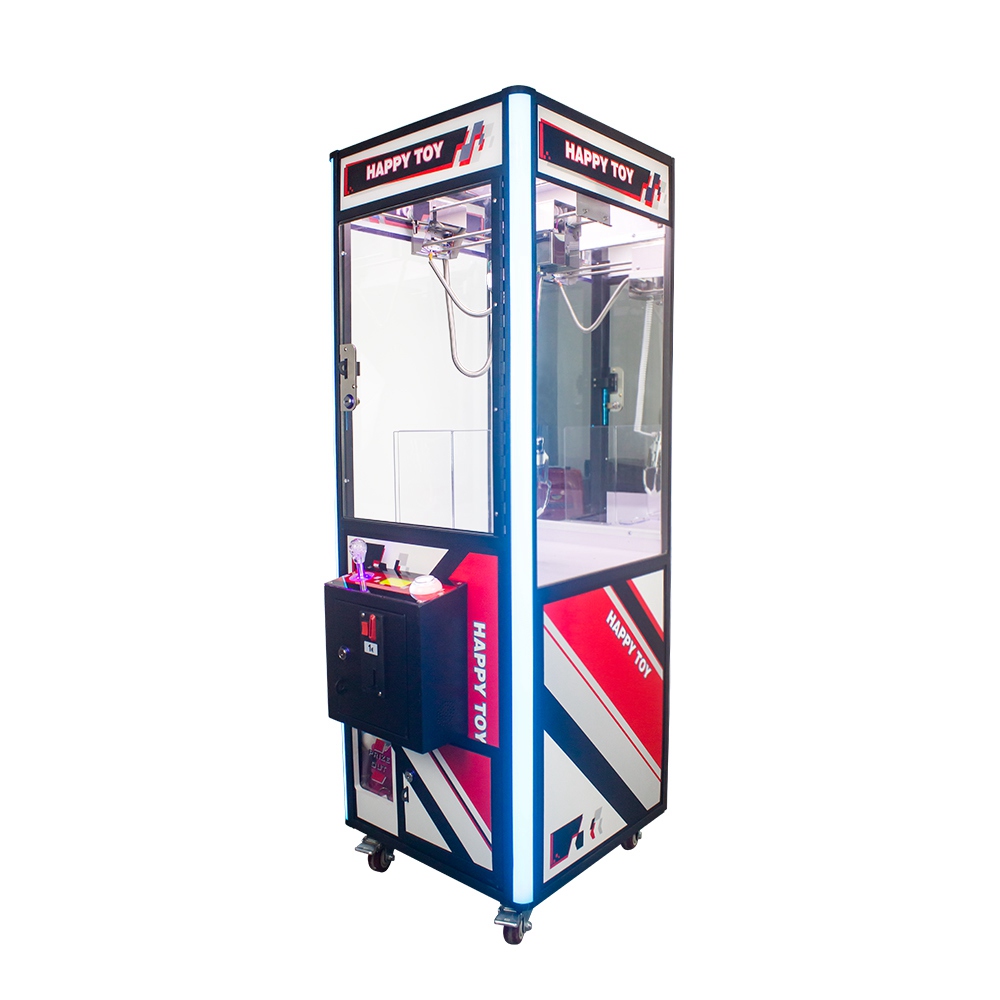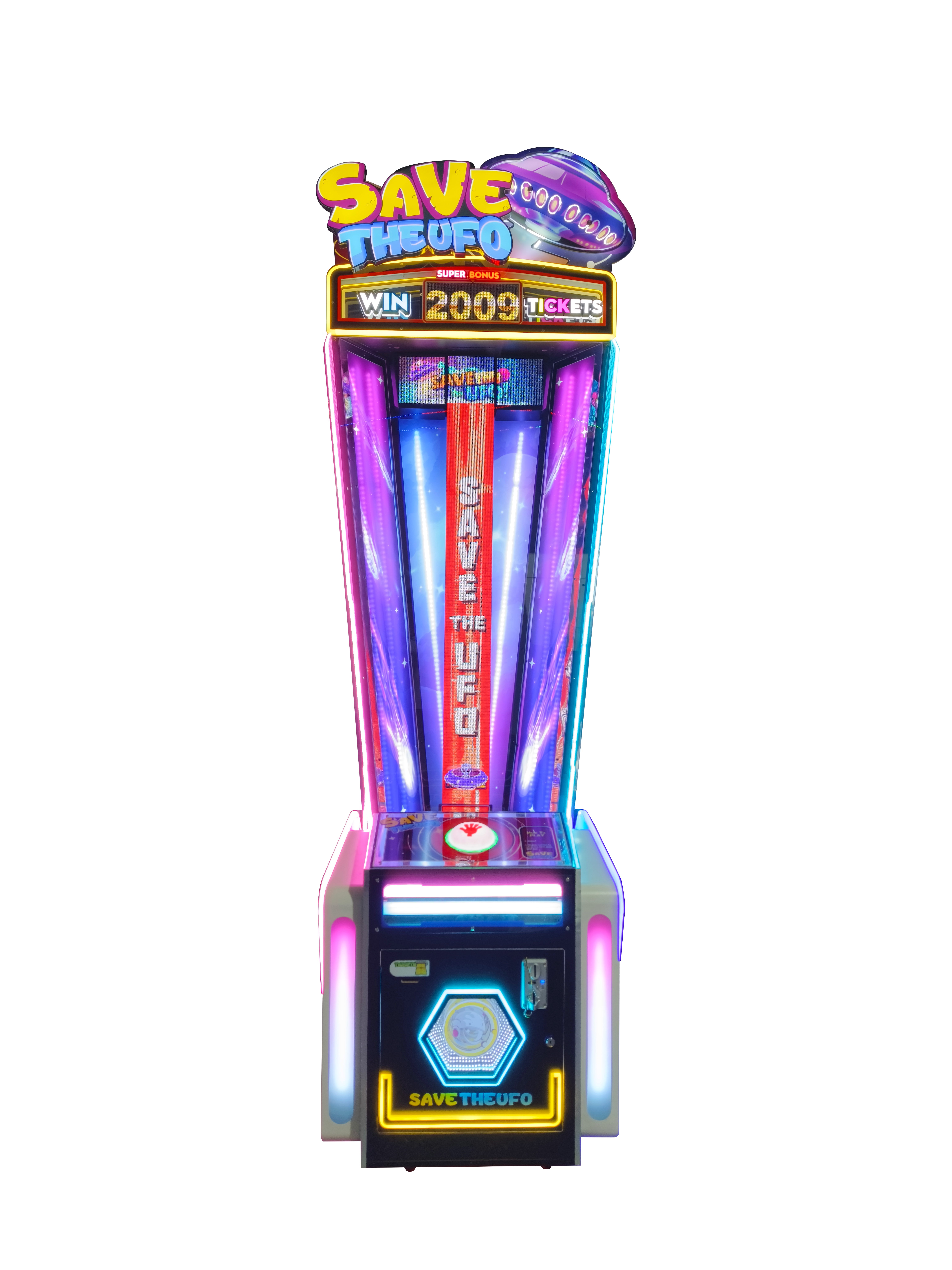People make several mistakes while playing claw machines, such as underestimating the grip strength of the claw, which is usually in a range of 60%-80%, using the wrong angles that can cut down the success rate by as much as 30%, and not recognizing the need to be prepared for multiple tries, as in most cases, the winning possibility is only 15%-25%.
Table of Contents
ToggleUnderestimating the Claw’s Grip Strength
People generally think that the grip strength of the claw inside a claw machine is very strong. In fact, most claw machine manufacturers set the strength of the claw below 70% to prevent the game from being too easy. Research shows that the grip strength of most claw machines is only about 60%-80% of the required grip force. The strength of most machines does not remain constant. After several operations, it may raise the grip strength of the claw slightly, thus giving players a better chance.
These settings, if not known to the player, will lead them to believe that, by default, the grip strength of the claw is generally quite capable, as long as the toy is positioned decently. In most instances, especially with heavier prizes, the amount of force applied is utterly incapable of lifting them, which greatly reduces the success rate. Before trying, an onlooker can observe what those in front of them did, analyze how the strength of the claw’s grip changed, and quickly improve their chances of success by aiming for lighter, simpler prizes.
Incorrect Claw Angle
Another common mistake is that players never accurately align the angle of the claw. Many people rush to press the grab button without first observing the specific position of the prize and the relative angle of the claw to the toy. Actually, whether or not the claw will be able to grasp the prize depends on its position and angle. If the claw grips too far off or merely touches the edge of the prize, the difficulty of the grab increases significantly.
Thus, if the difference in angle is more than 10 degrees, the chance to catch drops by at least 30%. Therefore, the claw needs to be adjusted. Players need to carefully look at the trajectory of the claw’s movement and make sure that the claw will be able to hold the key parts of the toy vertically or slightly inclined, like the head or the center of the body.
In actual operation, players could attempt to align the direction of the claw from front to back and left to right with the center of gravity of the toy, such as its head or torso. In particular, grasping the head or bottom will often provide better control over the balance of the toy, which can increase the success rate.

Relying Too Much on One Attempt
Most players think that every operation should get a prize immediately, so they want to be sure every time they press the button. However, most machines are set with a certain winning probability, which means not every grab attempt is equally likely to succeed. Especially for high-value prizes, the grip strength of the claws may be intentionally weakened by the system until after a certain number of attempts when it increases.
Most machines have a default winning probability setting of 15%-25%, so one would really have to make several tries before they actually succeed in grasping the prize. They build up frustration due to overdependence on a single try instead of genuinely increasing the success rate.
After mastering the principle of the claw machine, players should be patient and distribute funds appropriately. In case there is an operating failure, one should not give up immediately but rather gain more experience, paying attention to the changes in the power and angle of the claw to adjust the next step. After several attempts, with the gradual increase of the claw strength, the chances of winning will be drastically higher.
Not Observing Others’ Operations
Many players do not pay much attention to the important aspect of observing other players’ actions. They want to insert the coins and begin to play directly without observing the operating actions and results of the previous players. By observing other players’ attempts, they can, in fact, gain more information and skills for their own operations. Especially when the gripping power of the claw has not returned to normal, a previous player is likely to fail, and then the gripping power of the claw may be stronger in the subsequent operation.
Some players who observe the previous player’s operation before attempting their own grab achieve as high as a 40% success rate—nearly 15% higher than those starting without observing. Thus, during the waiting process, players can prepare valuable insights for their own operations.
These players spend their time waiting in the queue observing the workings of the machine, watching how other players go about it, and noting how the grip strength of the claw changes. When the previous player before them makes continuous attempts and fails, then that could be the time to begin their operation with hopefully better success.
Choosing Prizes That Are Too Difficult
Most players, while targeting prizes, tend to aim for large, irregularly shaped items, believing that these prizes are more visually appealing. In reality, however, such prizes are usually much harder to grasp because of their weight and shape. Statistics show that smaller and lighter toys achieve a success rate 1.5 times higher than larger ones. Targeting simpler, lighter prizes may bring about greater success.
When choosing prizes, a player should pay attention to the shape and weight of the prize and its placement in relation to others, avoiding those that are too large and unstable. The best prizes to choose are those that are regularly shaped, moderately weighted items, such as plush toys or small lightweight decorations, since the claw is more likely to grasp and successfully drop the prize into the prize slot.








